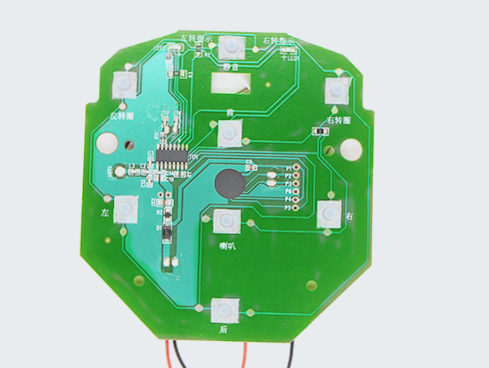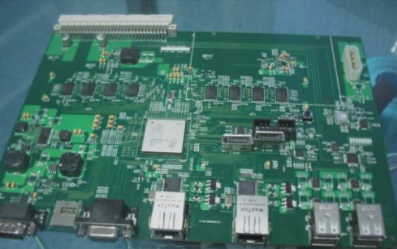Latching Relay: A Comprehensive Guide
A latching relay is a crucial component in electrical circuits, offering the ability to maintain its position without a continuous power supply. Also known as a keep or bistable relay, it is widely used in scenarios where a small control current manages a larger electric current. This article delves into the intricacies of latching relays, exploring their functionality, circuit diagrams, types, and applications in power electronics.
Latching Relay Operation
When activated, a latching relay’s contacts stay in position even after power to the coil is cut off. This feature distinguishes it from conventional relays, making it efficient in power-saving applications. The relay only consumes power during the switching process, enhancing energy efficiency.
Types of Latching Relays
Latching relays come in various forms to suit specific needs. From single-coil to dual-coil latching relays, each type offers unique advantages in different circuit configurations. Understanding the differences between these types is essential for selecting the right relay for a particular application.
Applications in Power Electronics
Latching relays find extensive use in power electronics due to their ability to handle high-power electrical systems with minimal control current. They are employed in areas such as industrial automation, telecommunications, and automotive systems, where reliable switching capabilities are paramount.
Circuit Diagram Overview
The circuit diagram of a latching relay typically includes push buttons for activation and deactivation. By understanding the flow of current through these buttons, users can grasp how the relay maintains its state without continuous power input.
Enhancements in Latching Relay Technology
Recent advancements in latching relay technology have focused on improving efficiency and reliability. Innovations such as solid-state latching relays offer enhanced durability and faster response times, making them ideal for modern electronic systems.
Future Prospects and Industry Trends
As the demand for energy-efficient solutions grows, latching relays are poised to play a pivotal role in shaping the future of electrical engineering. Industry trends indicate a shift towards smarter and more sustainable relay designs to meet evolving technological needs.
Conclusion
In conclusion, latching relays stand as indispensable components in electrical circuits, offering a balance between control and power efficiency. By exploring the nuances of latching relay technology, engineers and enthusiasts can harness the full potential of these versatile devices in their projects.
Understanding Latching Relays
Push-button B2 plays a crucial role in de-energizing the relay by disconnecting the DC power supply, effectively turning it off.
Simply put, push-button B1 turns the relay on, while push-button B2 turns it off.
Exploring Different Types of Latching Relays
Latching relays come in three main types: impulse, magnetic, and mechanical latching relays.
Magnetic Latching Relays
Magnetic latching relays, acting as magnetic switches, can automatically switch circuits on and off using a permanent magnet to maintain their state. These relays can handle currents up to 150A and typically operate at 9V or 12V DC.
Key Features of Magnetic Latching Relays
- 1,000,000 mechanical life cycles
- 10,000 electrical life cycles
- Contact voltage drop below 100mV
Advantages of Magnetic Latching Relays
- Stable and reliable performance
- Compact size
- High load capacity
- Power-efficient
These characteristics make magnetic latching relays more effective than standard electromagnetic relays.
Common Applications of Magnetic Latching Relays
- Centralized meter-reading systems and IC card payment systems
- Reactive power compensation in transmission lines
- Large current applications like thyristor switch circuits
- Household appliances and automatic control devices
Impulse Sequencing Latching Relays
Also called bi-stable relays, impulse sequencing latching relays change contact states based on voltage signals, offering resistance to shocks and vibrations.
Once powered, these relays maintain their contact position even after power loss, changing direction only when power is reapplied.
Applications of Impulse Sequencing Latching Relays
These relays find utility in various applications:
- Industrial automation systems
- Security systems
- Lighting controls




